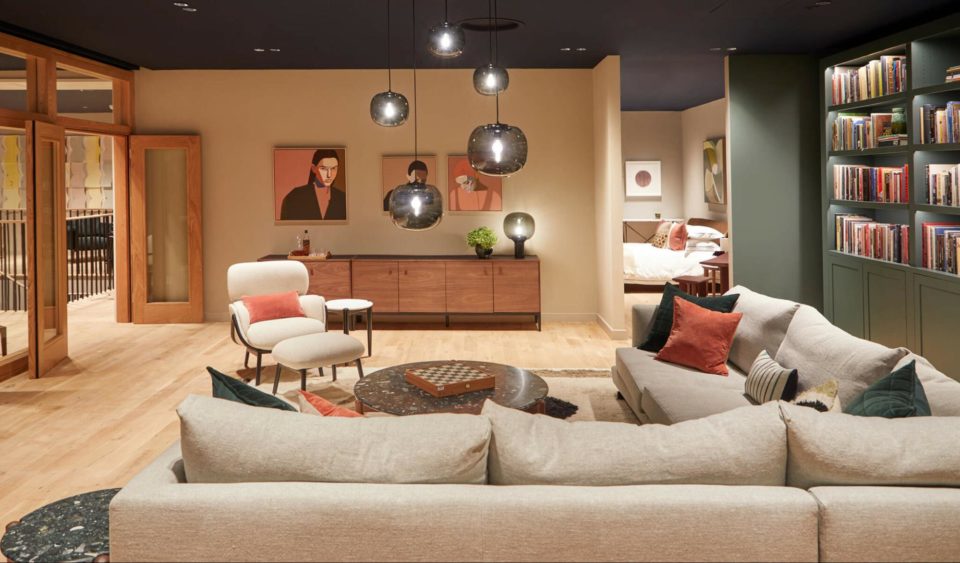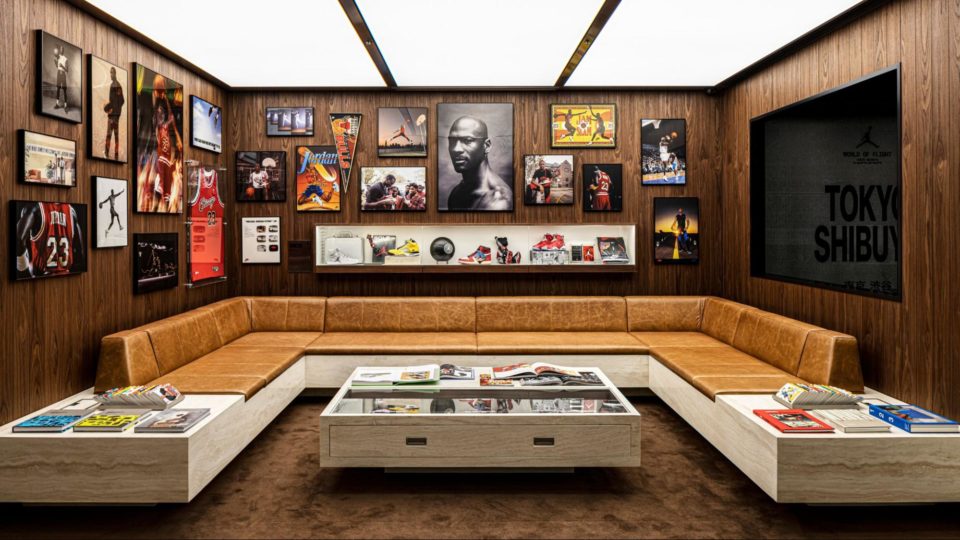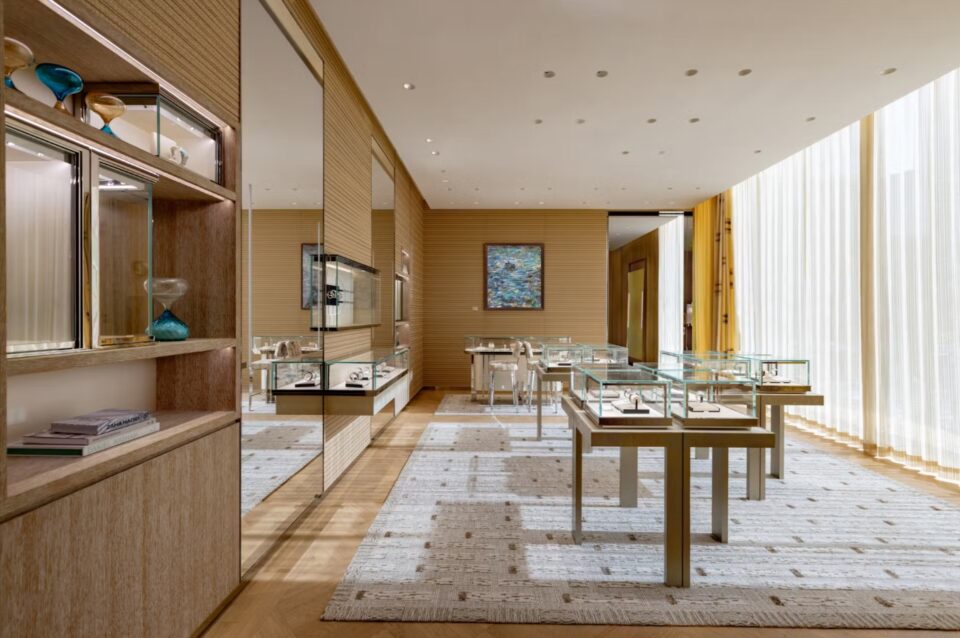The Future of Delivery: Nimber
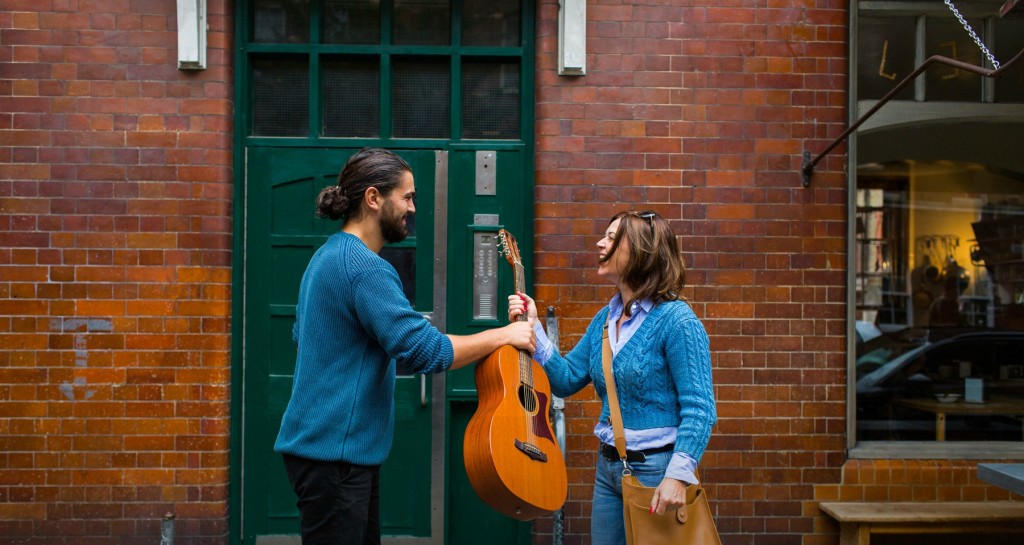
What does the future of delivery look like? One answer is Nimber, a community delivery service that matches people who need to send something with someone going that way, anyway. With an ethos that’s convenient, cost-effective and sustainable, we discuss the delivery market, its future and how Nimber fits seamlessly into all of it with CEO Ari Kestin.
I’ve read a lot about Nimber, but it would be great to hear what Nimber is in your own words.
At Nimber, we look at delivery and we look at the challenges the sector have, and we try to solve them using crowd logistic technologies. We have a brand service where we’re trying to connect people who are sending something with someone able to help them. And that’s our main focus. We started with inter-city deliveries, where we thought there was no viable solution. So things that are hard to send, hard to package and on prohibit lists. But what we’re doing today is finding that using crowd for delivery can solve many solutions out there including the most coveted one, which is the last mile.
We look at existing capacity. If you’re going from point A to point B, we can match you with a request for delivery and create a great delivery solution. A solution that’s convenient, cost-effective and sustainable. And by sustainable, that’s not just co2 emissions but also a model that can last a long time.
Why did you feel there was a gap in the market for Nimber now, more than ever?
When we started in Norway, we were inspired by the sharing economy and companies like Airbnb. We did some polling and found out most people find delivery to be complicated, time consuming and costly at times. So the reality was, we have so much existing capacity and so many people going from point A to point B, how great would it be if we could have them take something with them, reduce their costs as they go and create a great delivery solution.
The sustainable aspect seems an important part of your ethos.
Sustainable means a lot of things to a lot of people. For us, we’re conscious about our environment and where we live but ultimately, we are trying to create a good solution. For me, sustainability is a business model that can last. There is so much spare capacity, not just with people going from one place to another but with businesses. Think about someone with a van delivering something in Brighton and coming back empty. It just doesn’t make sense that we’re not do-ing a better job to make use of that capacity.
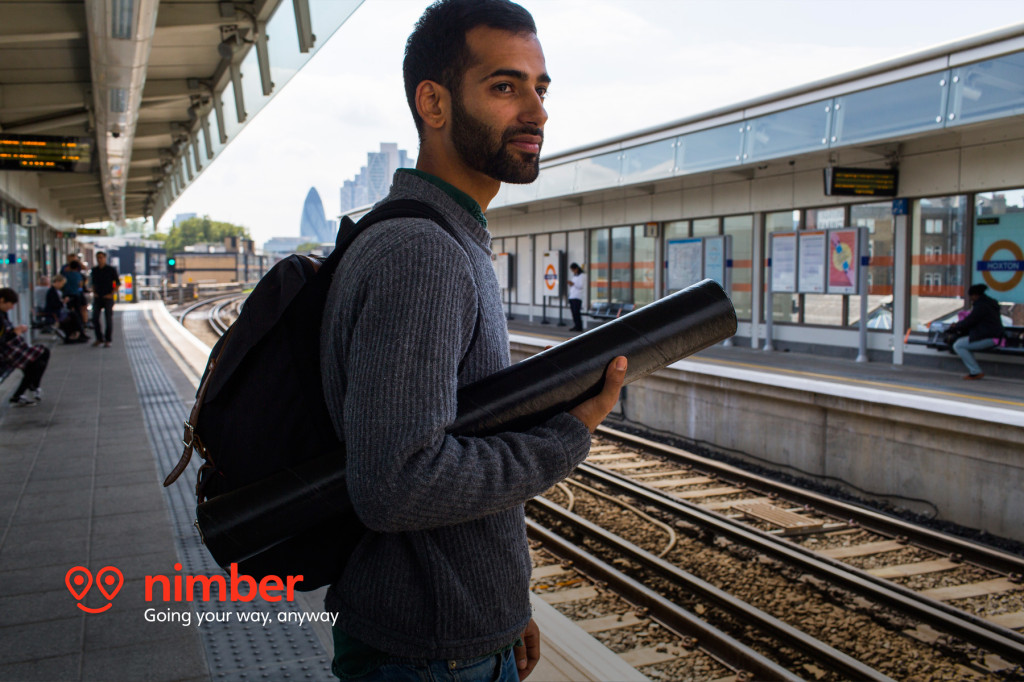
So what are the next steps for Nimber?
We’re teaming up with a click and collect company, who we are soon to announce. There’s three areas Nimber look at though: Inter-city, or distances which are prohibited for most people to do themselves; intra-city, where we create a great delivery system for business in London for example; and last mile. There’s not much of a challenge when it comes to sending things from one big hub to another. I think the current delivery solutions are quite good. But adding a package to a truck doesn’t always mean more profit for the delivery company. So, we’ve inked out a deal to do a trial in a major city where packages arrive at a hub and people pick them up or have crowd deliver them to their homes. We’re going to be looking to match people as they come off of the trains. We’re also in discussions with a major supermarket to see if we can make delivery of food to the home viable.
Nimber and other companies using crowd logistics are looking to viably solve a challenge. If a delivery company is trying to deliver something to you, they may say we’ll try and deliver it between 10 and 12. If a person’s delivering it to your home however, they actually have the ability to solve things so much quicker and say ‘I’ll stop by at 7:30’ or ‘I’ll leave it behind the plant’. These things are very cool because people are very good with people.
We want to build a dynamic community of people who use their spare capacity and create a good delivery solution and ultimately bring down the cost of delivery using some real economics.
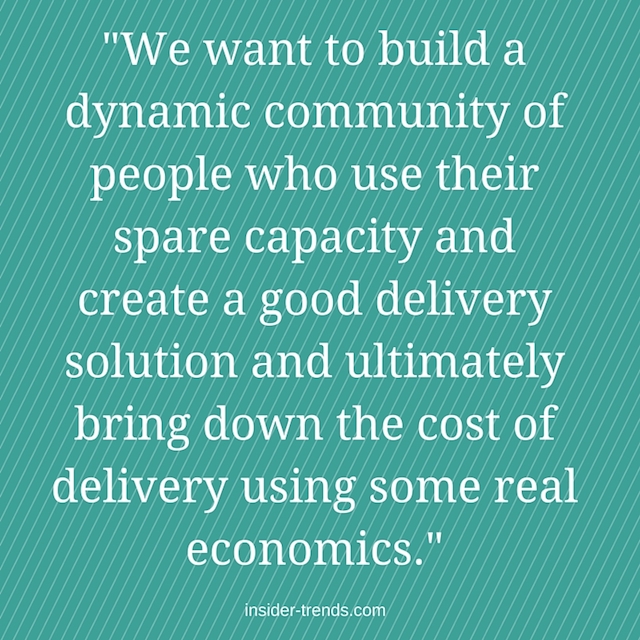
It also seems to add a very human element to everything.
That’s true. I always say people come to Nimber because of economics and convenience, but they also come for the experience. When I tested the service in Norway, one of the things I found was that people wanted to hear your story. They asked ‘what do you do?’ and so on. You meet them, spend 15 minutes talking and some people even invite you in for tea, which is interesting.
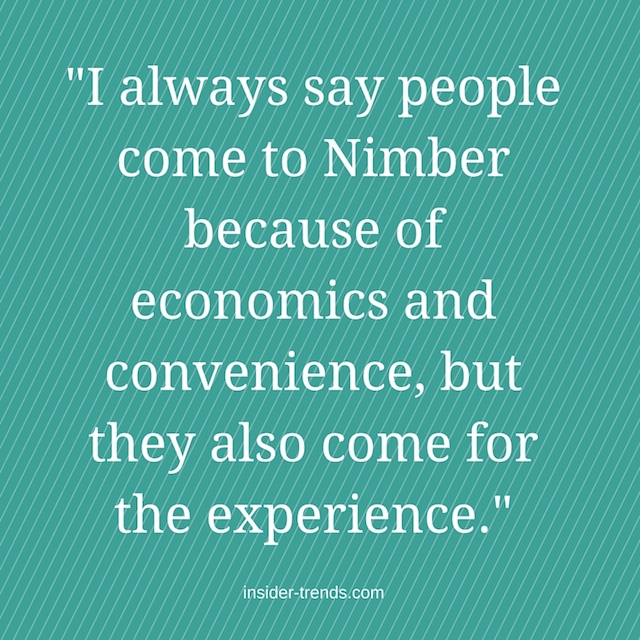
How do you see the future of delivery as a whole changing over the next 5 to 10 years?
In the future, I think the industry will become better at using existing solutions. Crowd will be a big one but we’ll constantly look to hit the three important requirements. Price, convenience and experience. Of course people will do that with technology. Maybe in 10 years we will have drones delivering packages, but if we look at the basics, ultimately there’s nothing that can beat someone getting in their car two doors down from you who’s heading to Birmingham and can deliver something for you. You can’t beat that for speed, and Nimber is at the heart of that.
From time to time there are things that change our behaviour but most solutions are taking what we currently do and need and doing it better. For example, ordering a taxi through an app versus standing in the street looking for one. All technology does is try to make something more efficient and that’s how services will be judged. How you can create better services with convenience, economics and experience. There are very exciting things happening in technology but ultimately it comes down to things we’ve always done. We’ve always asked people to help us out moving things from A to B or tp do us a favour, but with technology, you can have a much bigger community and extend the reach to do that.

